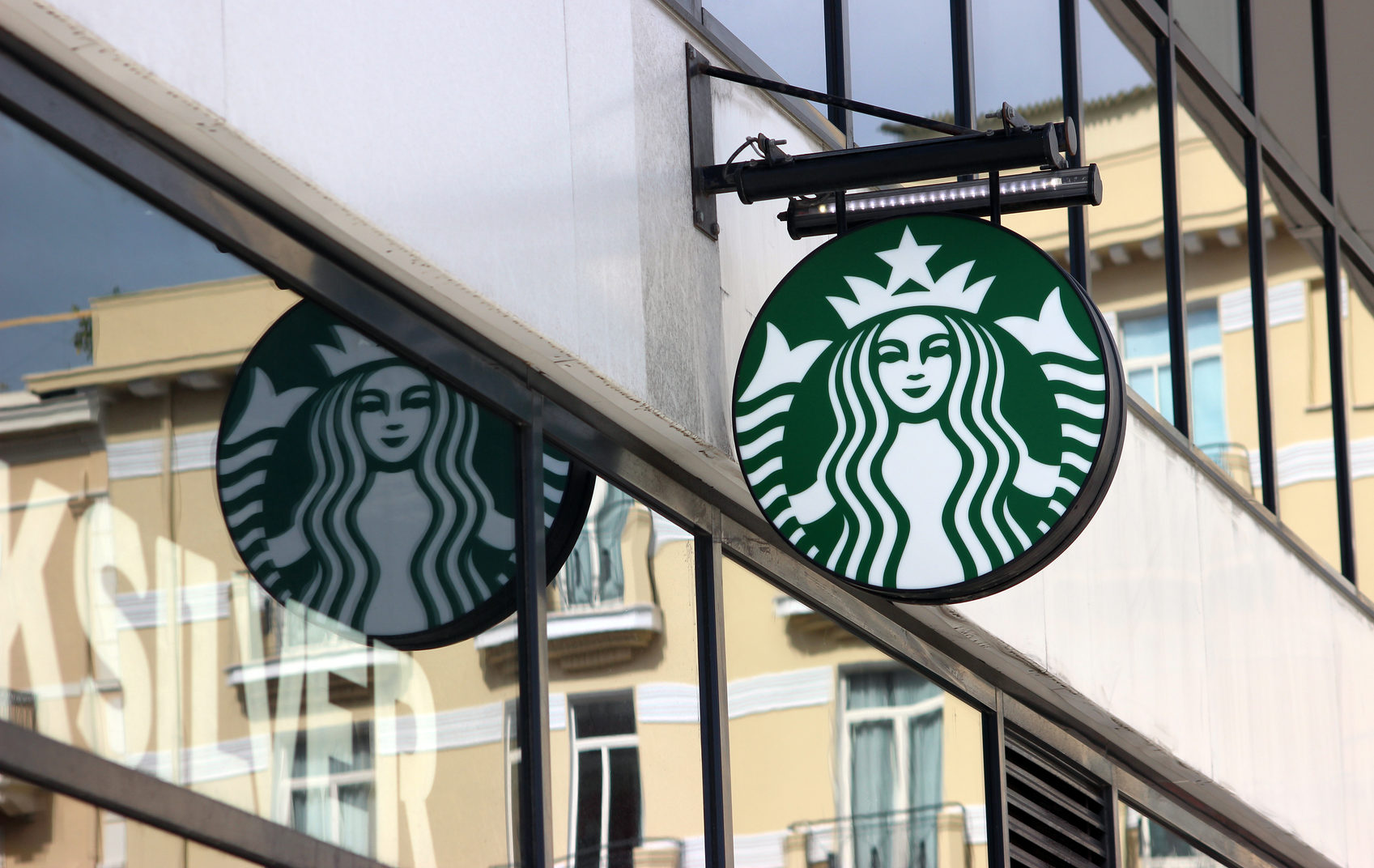Free trade agreements
NAFTA 2.0 and the Art of the Deal
Published 19 May 2017
As the President renegotiates NAFTA, he may find it useful to consider his own 11-step formula for success. Step two: "Protect the downside, and the upside will take care of itself."
Should We Stay or Should We Go?
During the 2016 campaign, Donald Trump repeatedly and harshly criticized the 23-year old North American Free Trade Agreement (NAFTA). Last month, the Washington Post reported that President Trump was set to announce withdrawal from the agreement. Members of Congress, his own cabinet officers, and leaders from agriculture and business urged him not to do so. Ultimately, the President decided to renegotiate, not terminate, NAFTA.
Is renegotiating NAFTA a good idea? It depends what you are trying to accomplish. No agreement is perfect, and commerce has changed markedly since 1994—for example, when NAFTA entered into force, there was no commercial use of the Internet. Modernizing and updating the agreement is a worthwhile objective. Yet trade agreements are typically effect, not cause: nations make agreements because existing commercial relationships are important, not the other way around. Overall, NAFTA has helped to triple merchandise trade among the three economies in nominal terms, from $306 billion in 1993 to just over $1 trillion in 2015. But it’s important to remember that Canada and Mexico were the United States’ number 1 and number 3 trading partners respectively before NAFTA, and they hold the same rank today.
“Protect the Downside”
As the President engages with Congress and the public on a renegotiated NAFTA, he may find it useful to consider some advice he once provided to others. In 1987, Mr. Trump and Tony Schwartz produced Trump: The Art of the Deal, a business advice book which reached number 1 on the New York Times best seller list. The book contains an 11-step formula for success. Step 2 has particular relevance in this case: “protect the downside, and the upside will take care of itself.”
Why is this step so important in the context of NAFTA? Because for more than two decades, businesses large and small have organized themselves according to the NAFTA rules. Discarding the existing rules could upend these networks and disrupt patterns of voluntary, mutually beneficial exchange. Businesses would be forced to pull back from longtime partners and scramble to find new workers, new suppliers, and new markets. The degree of disruption from re-introducing trade restrictions would be substantial, and the loss of stability and predictability would raise costs and stifle investment. These kinds of results are not in line with a principle of “protecting the downside.”
North America is a Commercial Ecosystem
North America is an enterprise, a “commercial ecosystem” that spontaneously organized over many business cycles by millions of actors and assisted by stable rules. Destroying these rules would be the economic equivalent of a forest fire. Maybe we would be better off if we stop thinking of NAFTA as a trade agreement—which leads us to consider how much we sell to each other—and instead see it as a production agreement. North America is a place where 460 million people make things together, which we then sell to each other and the rest of the world. Consider the electric power grid—a sector not covered by NAFTA, yet one where national boundaries are irrelevant. Or, imagine the automobile industry viewed from space: it would be easy to find Interstate 75 and Canada’s Highway 401, but not a national border. That’s the real NAFTA, and the downside risks associated with disruption definitely need to be managed.
Agree to Agree
Is there a way to improve NAFTA without setting fire to the ecosystem? Yes. The NAFTA itself provides for just such a process in its Article 2202, which states:
1. The parties may agree on any modification of or addition to this Agreement.
2. When so agreed, and approved in accordance with the applicable legal procedures of each Party, a modification or addition shall constitute an integral part of this Agreement.
Leaders of the three economies should make it explicit that they are invoking Article 2202 to improve the agreement. This would send a clear signal that the NAFTA as implemented would remain in force until such a time when the parties complete negotiations and, in the case of the United States, when the Congress adopts implementing legislation. This approach offers a clear path toward acting on the Art of the Deal’s rule number two, and provides the stability North American businesses, farmers, and workers count on today. With this assurance, the President and his team should work to build public support for his negotiating agenda.
© The Hinrich Foundation. See our website Terms and Conditions for our copyright and reprint policy. All statements of fact and the views, conclusions and recommendations expressed in this publication are the sole responsibility of the author(s).





